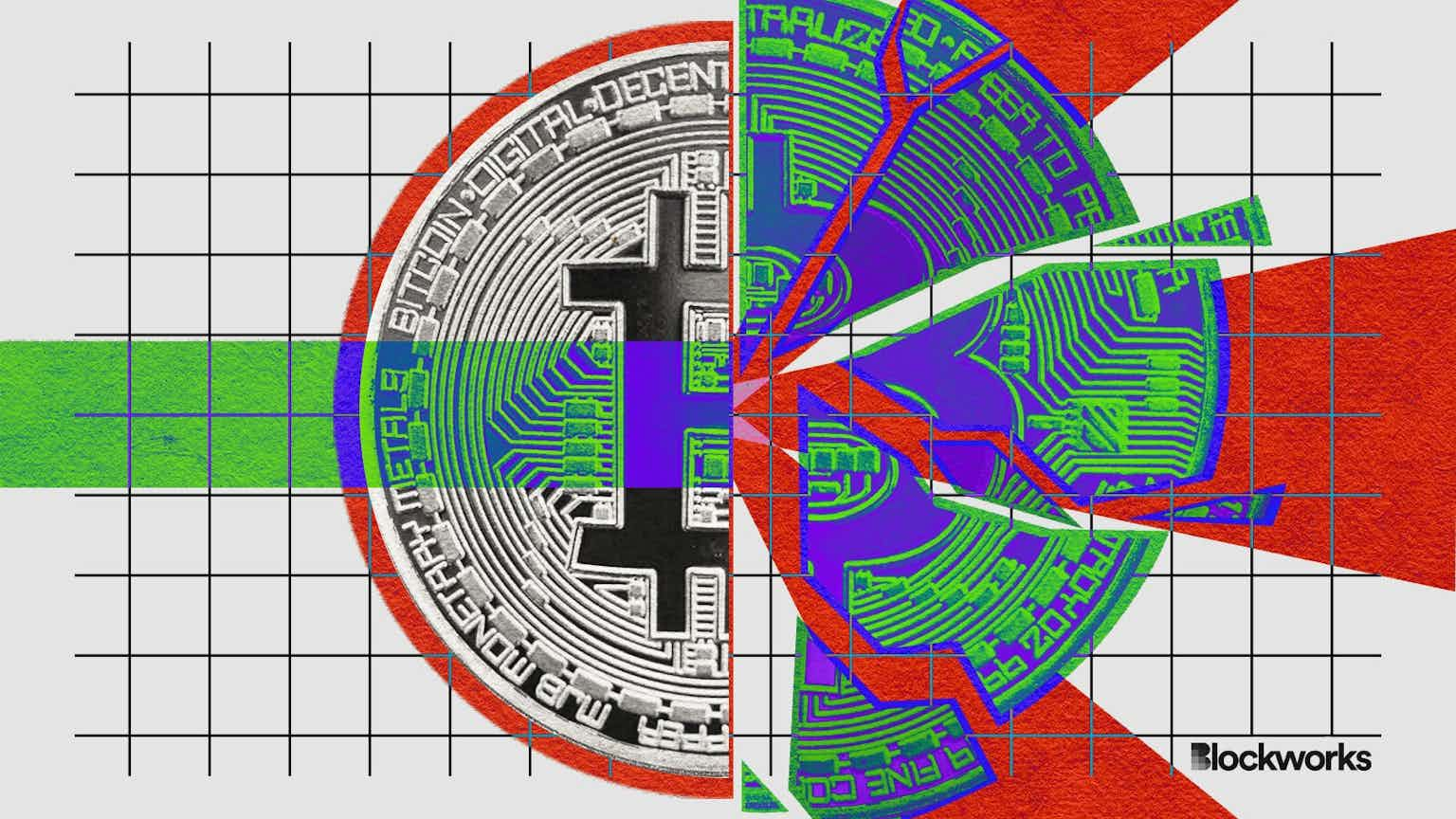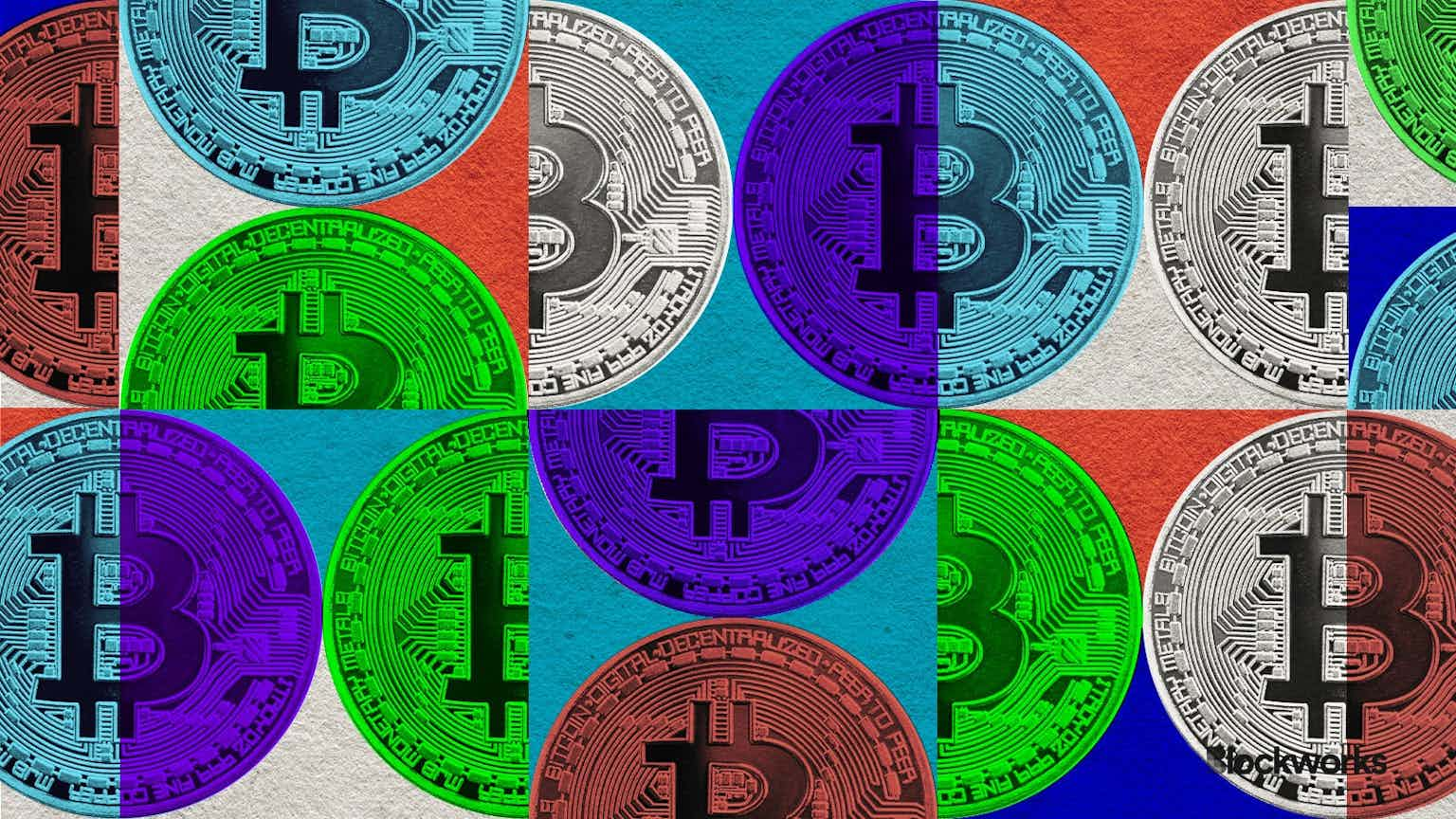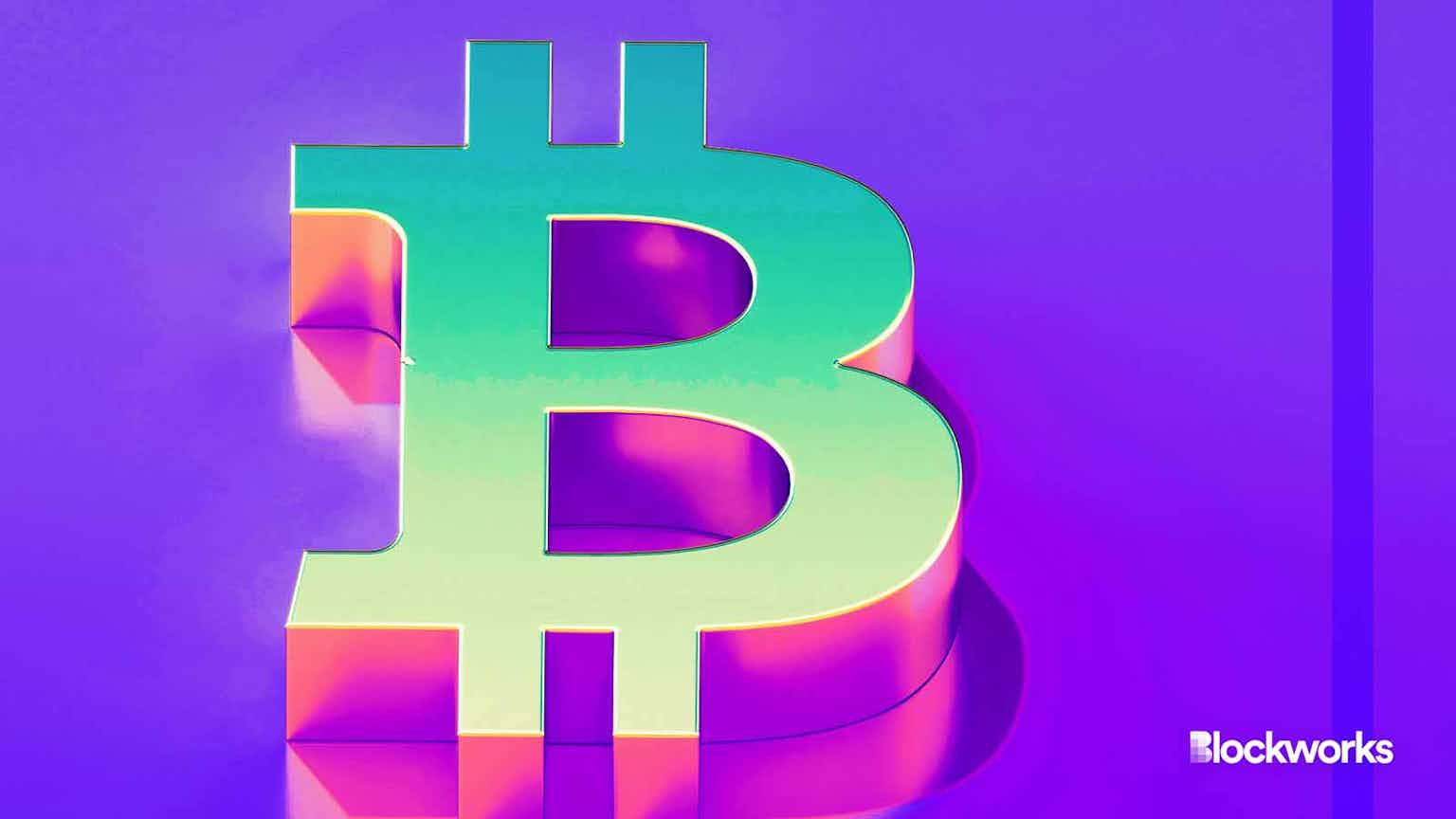MakerDAO Votes To Allocate 500M DAI Into US Treasuries, Bonds
DAI stablecoin was converted for this diversification effort, with 80% going toward US short-term Treasuries and 20% to investment-grade corporate bonds

Blockworks exclusive art by axel rangel
key takeaways
- Sygnum bank is the lead partner and will work with Blackrock
- The move comes amid longer-term governance decision-making process regarding decentralization
MakerDAO, the protocol behind the DAI stablecoin, is moving $500 million worth of the token into short-term US Treasuries and corporate bonds.
The move into high-quality bonds signals MakerDAO’s intent to diversify its balance sheet in light of rising interest rates. The DeFi lending protocol may seek to expand its exposure to increase the amount of yield it earns for its investors.
The decision to leverage DAI beyond crypto was put to a vote in June by holders of the Maker Protocol governance token, MKR.
Short-term Treasuries will make up 80% of the $500 million fund, with 40% of that into zero-to-one year US Treasury iShares ETFs and 60% into one-to-three year US Treasury iShares ETFs from BlackRock.
The other 20% is going to zero-to-five year investment-grade corporate bonds from both the US Treasury Index and bonds from investment management firm Baillie Gifford.
Stakeholders voted via an executive proposal, known as MIP65, to let DeFi asset adviser Monetalis Clydesdale deploy one million DAI.
If Monetalis can successfully access and withdraw the funds, then 250 million DAI will be allocated to the Swiss digital asset bank Sygnum, which will help issue the funds into a portfolio of BlackRock iShares ETFs.
Sygnum stated that MakerDAO chose it as a lead partner “to boost returns and further strengthen the balance sheet.”
Afterward, an additional 250 million DAI will be sent to Baillie Gifford to assist with purchasing and holding the assets.
The MakerDAO community was strained recently by disagreements around The Endgame Plan that aims to improve the protocol’s governance mechanisms. The group has yet to reach a consensus over the best approach toward maximizing decentralization.
Endgame, drafted by MakerDAO co-founder Rune Christensen, outlined the intention for DAI to maintain a 1:1 ratio with USD for at least three years, but only if the protocol reaches a 75% decentralized collateral threshold. Otherwise, DAI could lose its stablecoin status and become a free-floating asset.
Maker’s latest legacy investment strategy, hopes to increase revenue to the protocol and diversify its asset base, which is seen as necessary for DAI supply to expand, alongside further adoption.
Don’t miss the next big story – join our free daily newsletter.





